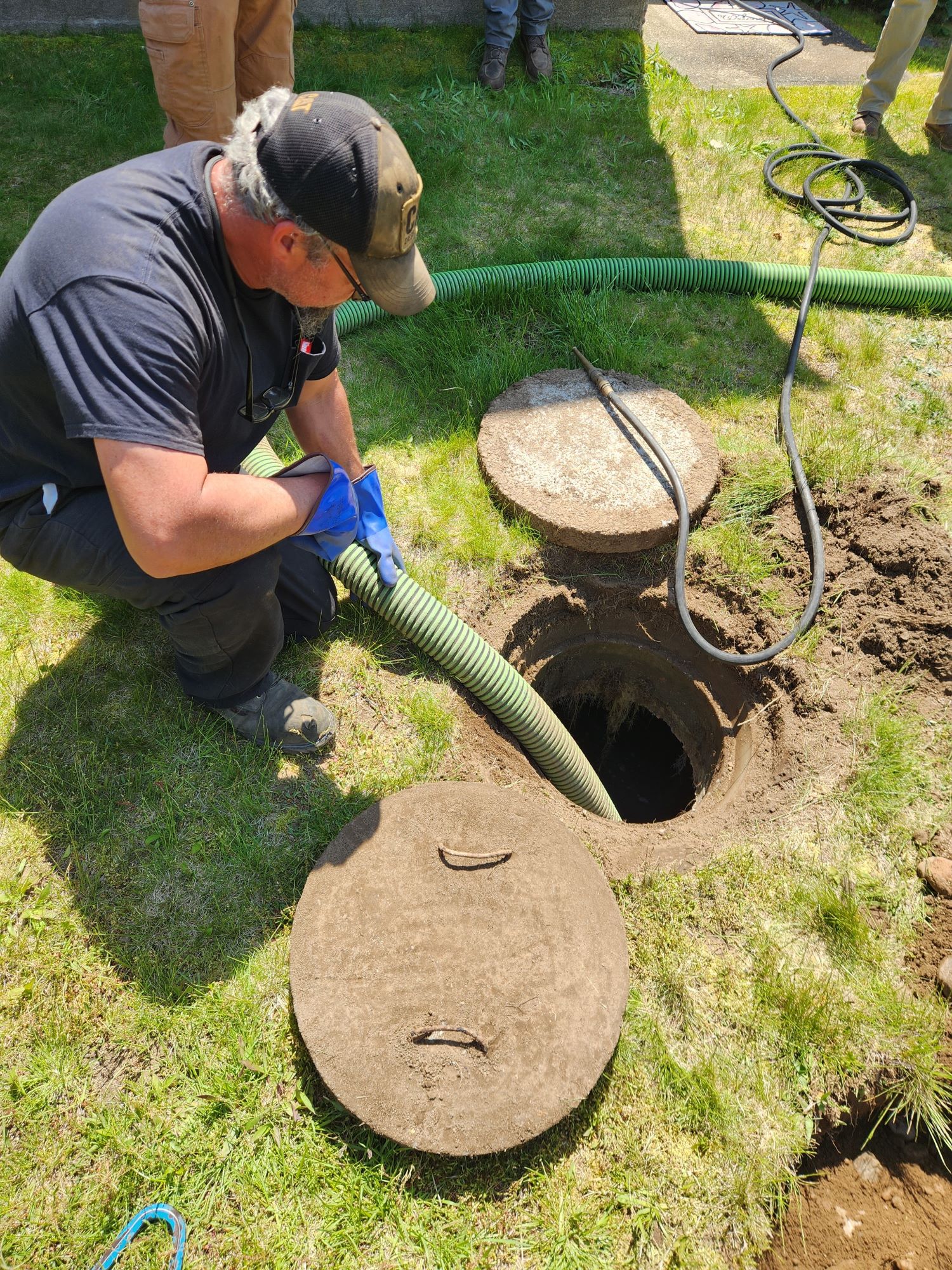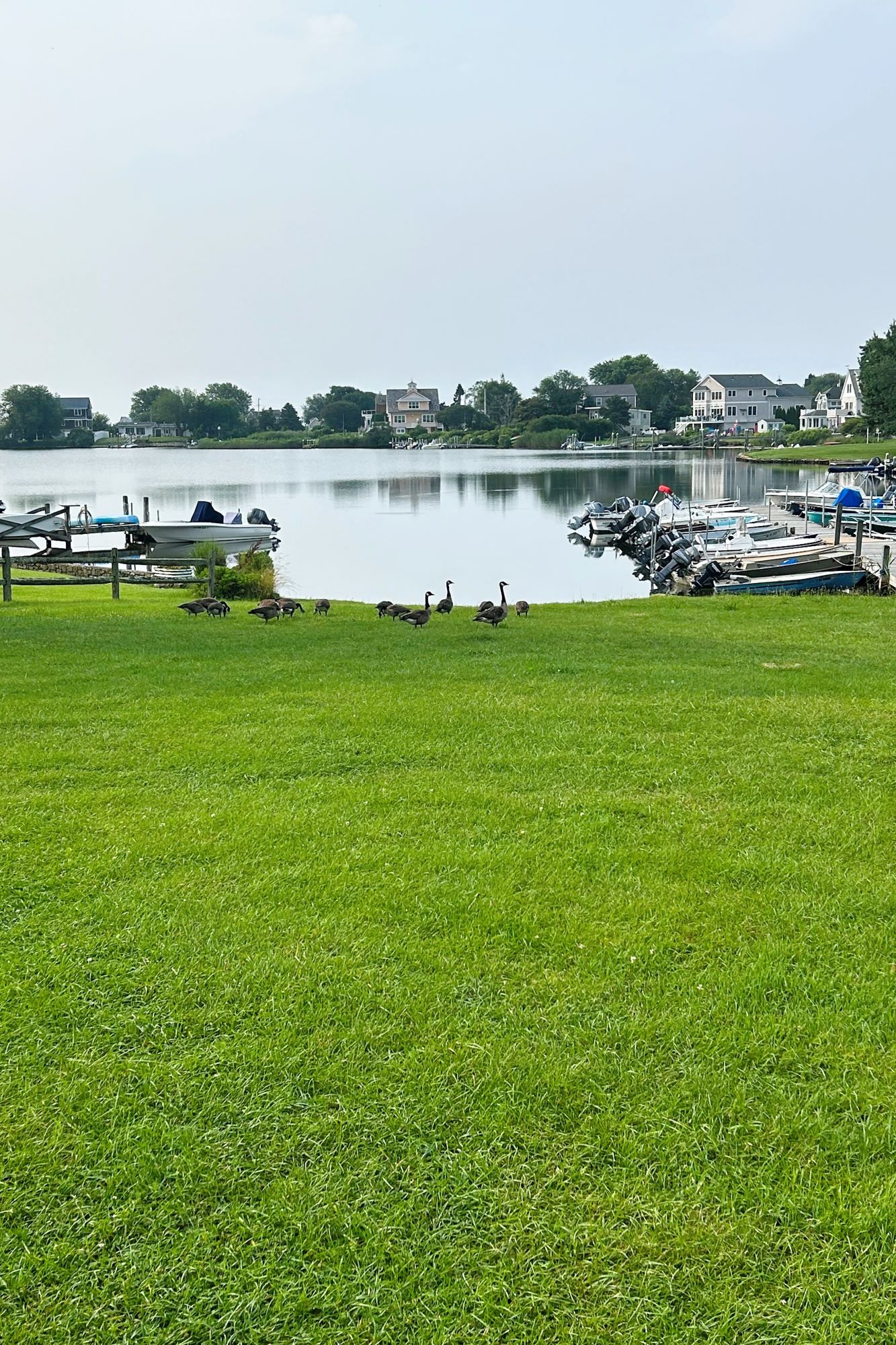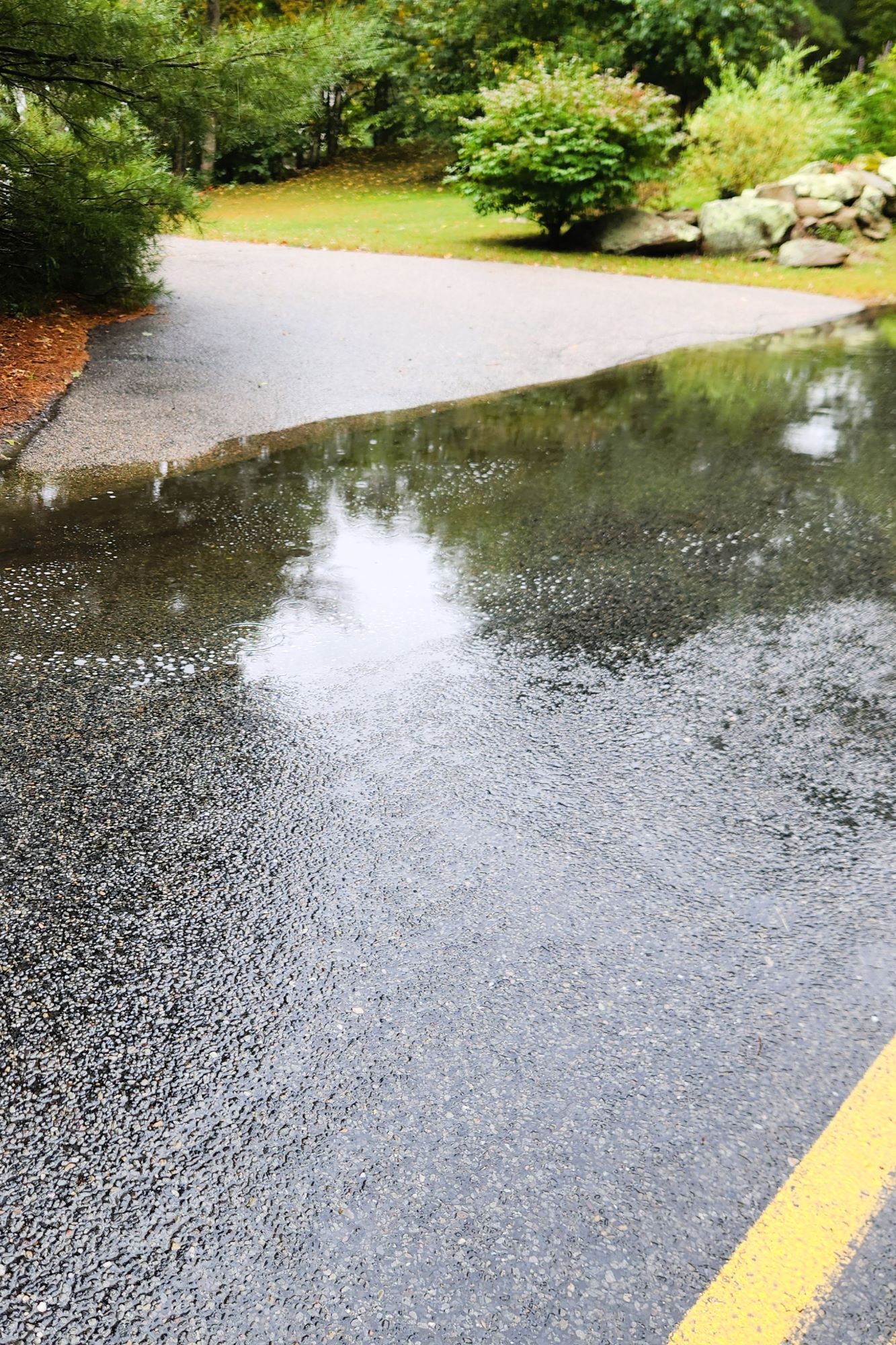Rhode Island’s coastal salt ponds are impacted by human activities and land use in both the inland and waterfront areas surrounding the ponds. Excess nutrients (e.g., nitrogen), bacteria, and other contaminants transported by surface and groundwater flowing into the pond can lead to shellfish closures, excess growth of algae and aquatic plants, and swimming advisories. The major sources of these contaminants are septic systems, pesticides and fertilizers used in landscaped areas, and stormwater running over the ground surface during and after rainstorms.

Septic Systems
Human wastewater from densely populated neighborhoods is the most significant threat to water quality along RI’s south shore. Most properties in southern RI still rely on conventional (gravity-fed) septic systems, many of which are considered substandard or outdated and do not meet today’s regulations. Conventional systems contribute nitrogen to local groundwater that eventually flows into our coastal salt ponds. Increased levels of nitrogen in the pond contribute to harmful algal blooms and poor water quality. High levels of nitrogen in local groundwater are also a public health concern because groundwater is the main drinking water source for many of our coastal communities. Properly maintained advanced septic systems, which are designed to remove nitrogen, help protect local water quality.

Landscaping Practices
Common lawn care chemicals, including fertilizers, herbicides and pesticides, and overwatered landscaped areas are additional sources of pollution to the salt ponds. Nitrogen and phosphorus in the fertilizer you use on your lawn acts like a fertilizer in the salt ponds, too! Using too much fertilizer or fertilizing at the wrong time results in nutrients being carried to the salt ponds – in both stormwater and/or groundwater. Excess nutrients in ponds trigger a cascade of ecological problems, beginning with rapid algal growth and, over time, resulting in murky water with lowered oxygen levels that negatively impact aquatic organisms. On many properties, native plants that are well adapted to Southern New England’s growing conditions have been replaced with lawn or other non-native and ornamental species that require additional resources (like landscaping chemicals and irrigation) to thrive. In addition, open lawns attract geese, which contribute more nutrients and pathogens (e.g., bacteria) from their droppings to nearby waterways.

Stormwater Impacts
Our densely populated coastal areas have a lot of impervious surfaces: consider all the roofs, driveways and roads that shed water during precipitation events. Rainwater rushing across the landscape after storms – especially on hard surfaces – picks up pollutants and carries them to the nearest waterway or waterbody. Many of our salt ponds are fed by streams collecting water from inland areas. When it rains, roadway contaminants, fertilizer, lawn care chemicals and pet and wildlife waste are swept along and flow into streams and our ponds, where they impact water quality. On many waterfront properties, naturally present shoreline vegetation has been removed or replaced with lawn, preventing any natural filtration of pollutants carried by stormwater. The loss of these coastal vegetated areas also reduces properties’ resilience during coastal storms or floods.
Photo Credits:
- Algae: Dr. Alissa Cox, Director, Onsite Wastewater Resource Center
- Wastewater Professional: Onsite Wastewater Resource Center
- Waterfront Lawn: Town of Charlestown
- Stormwater Sheet Flow: Town of Charlestown
Looking for resources to help you manage your property in a more salt-pond friendly way?
